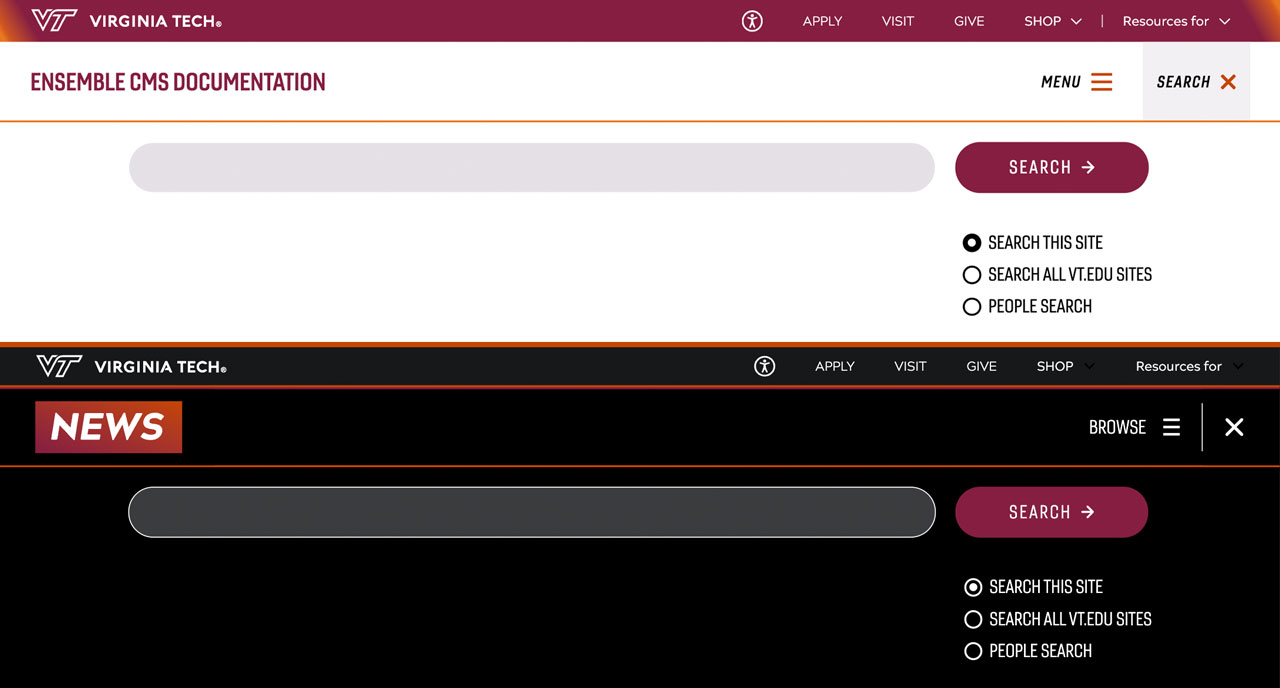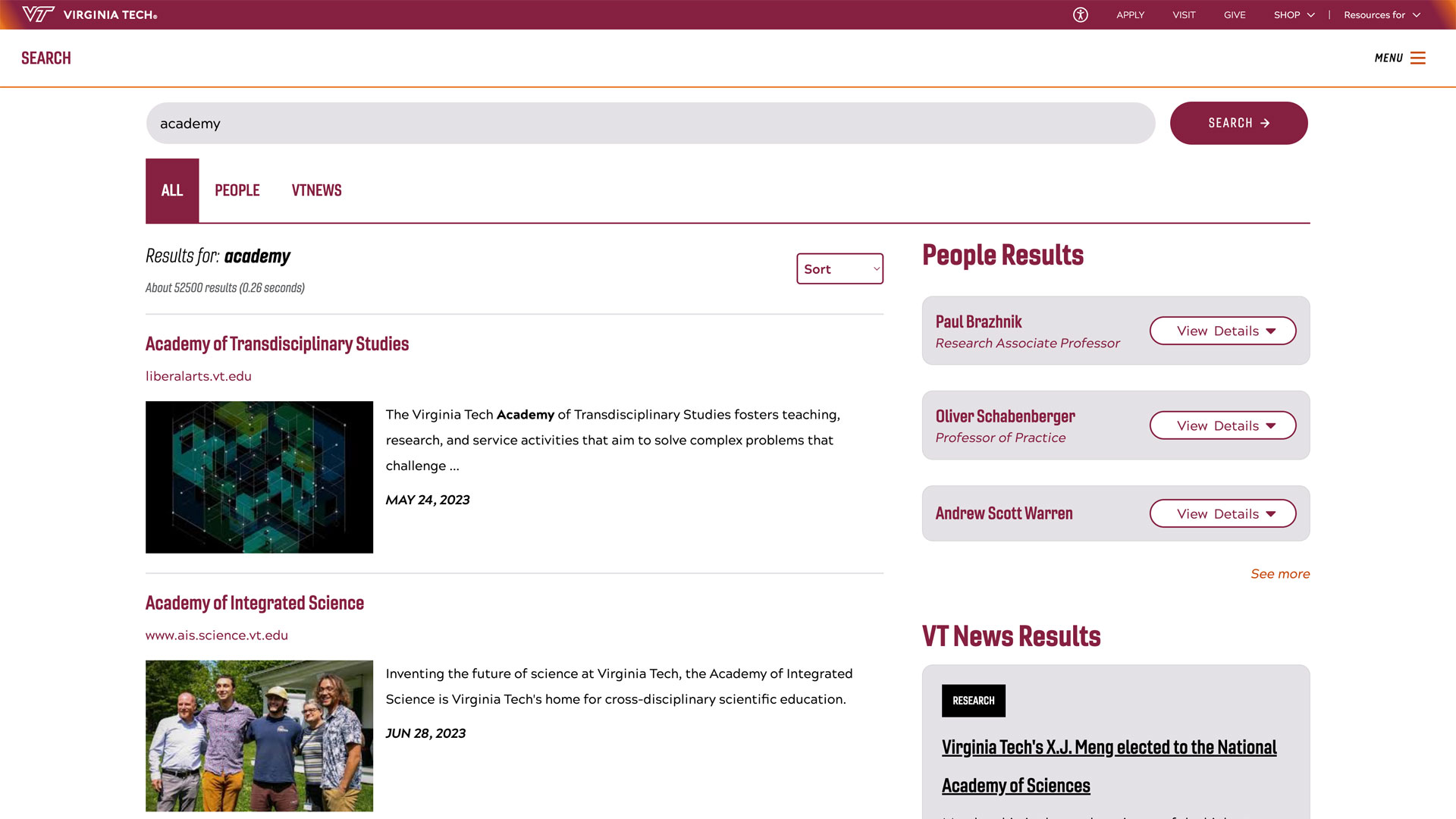Student team ranks high in international uncrewed aerial vehicle competition
A team of Virginia Tech students is part of a global competition to create a new type of uncrewed aerial vehicle that could provide critical help in natural disasters.

A team of Virginia Tech students is flying through a global competition aimed at creating an uncrewed aerial vehicle (UAV) capable of providing help and rescue in challenging remote locations.
Aviation company GoAero teamed up with NASA to announce a three-year competition in fall 2024 to create new approaches for uncrewed aerial vehicles for use in emergency response. The goal is to produce the world’s first compact, rescue aircraft that is simple, safe to fly, and capable of autonomous control. That goal will be accomplished by challenging teams from around the globe to bring their best ideas and test them against one another. Cash prizes come through competitive events as the teams continue designing, building, and testing.
The flyers aren’t just carrying supplies. One of the goals of the competition is to produce aircraft that can carry a person. Of course, in the competition, the subject is a 125-pound mannequin instead of a living person. In addition to its human-like payload, the aircraft also will navigate the challenges of hard and soft surfaces, inclines, floods, and high winds, and more.
More than 1,400 innovators from 85 countries answered the initial call. Many of the teams came head-to-head for a flyoff in February, which tests the ability of the flyer to take off and land in difficult conditions, maneuver while avoiding obstacles, and perform tasks such as carrying a payload.
Hokies answer the call
A team from Virginia Tech was assembled from the membership of the student chapter of the Association for Uncrewed Vehicle Systems International. More than 30 students from a wide range of majors convened in at the 2024 kickoff announcement to brainstorm ideas for a versatile powerhouse rescue aircraft.
“There were 30 of us in the room on that first day, and all of us were excited by a new challenge at Virginia Tech, especially a humanitarian one,” said John Filburn, an aerospace engineering major who was chapter president at the time. “Our shared motivation helped us work hard towards our goal of producing a new UAV technology.”

The group divided into three teams to bring together experts in different areas.
- The structure sub-team worked on fabrication of a frame capable of navigating the rugged conditions.
- The propulsion sub-team put prototypes through extensive thrust testing, moving toward a full-scale test in advance of the next stage of the competition.
- The avionics sub-team executed flight tests and laid the groundwork for autonomous control.
In February, the team became one of just 14 universities in the first stage to win funding to continue building out their prototype. Taking home $28,500, team members returned to Blacksburg to prepare for the next submission deadline in September.
“Our flyer will address the need for on-demand rescue operations in challenging off-grid scenarios, both on land and water,” said Ludwig Kempf, a team leader and graduate student in the Department of Mechanical Engineering. “Whether it’s saving glacier climbers, office workers from the top of a skyscraper, or anyone else affected by a delay in traditional medical care, we want to foster a large-scale deployment of this technology by keeping production costs low.”
The GoAERO team welcomes new members. Contact the team through GobblerConnect for more.




